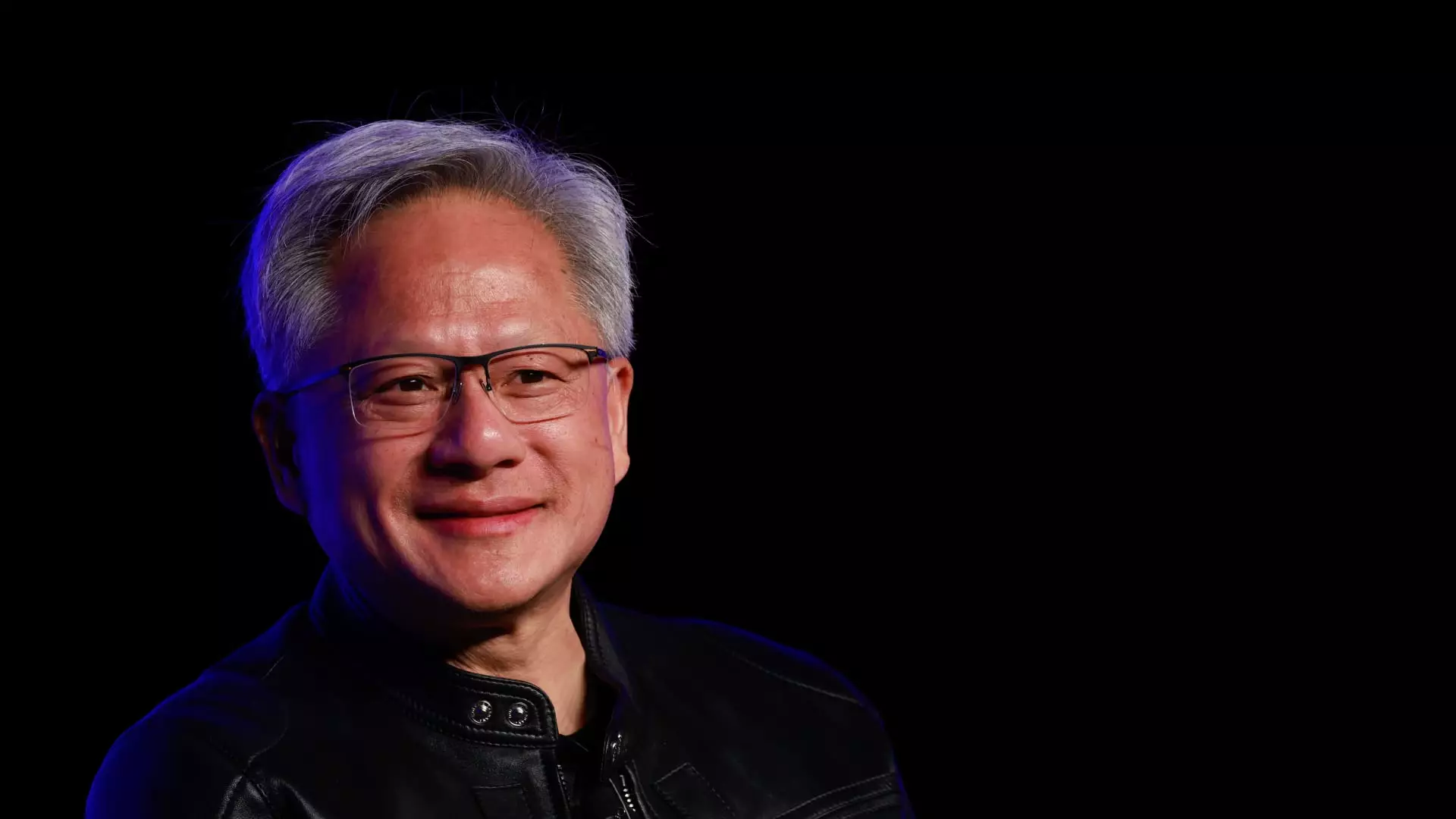Artificial Intelligence (AI) has transcended the technological elite, shaping a landscape where anyone can become a creator. Jensen Huang, CEO of Nvidia, aptly described this rise of AI as the “great equalizer.” Historically, the barriers to diving into the world of computing were insurmountable for many. Complex programming languages and intricate system designs created a chasm between those with technical skills and the general population. Huang’s insight during a recent speech at London Tech Week sheds light on a pivotal shift: AI is transforming human interaction with technology, making it accessible in ways previously unimagined.
Gone are the days when programming required extensive expertise in languages like C++ or Python. With the emergence of conversational AIs, everyone can now harness the power of technology by merely communicating in everyday language. This concept of “human” as the new programming language encapsulates a profound change: communication is simplified, and the barriers to tech innovation are crumbling. Huang’s vision suggests that soon, all it takes to create impactful digital solutions is a thoughtful conversation, rather than a deep understanding of complex coding.
Conversational AI: The Game Changer
The dramatic introduction of conversational AI, particularly seen with OpenAI’s ChatGPT, has captivated the collective imagination of millions. With an astounding 400 million weekly active users noted by OpenAI, the public’s adoption of these technologies speaks volumes about their potential. Users now engage AI in a fluid manner akin to conversing with another human being, marking a significant departure from sterile, command-line interactions of the past.
Huang’s assertion that programming an AI is akin to programming a person is a striking metaphor. The potential for AI to aid in creative tasks—like generating poetry or crafting narratives—opens the doors for greater inclusivity in content creation. Imagine asking an AI to create a piece of art merely by asking, “Could you write a poem about my day?” This paradigm shift from technical command to gentle prompting illustrates a new era of creative collaboration where everyone can participate.
AI’s Transformative Effects on Workspaces
The corporate landscape is already beginning to pivot due to the integration of AI tools. Companies like Shopify, Duolingo, and Fiverr are championing AI use among employees, reinforcing Huang’s call for workers to embrace this technology. A notable statistic emerged recently with OpenAI announcing a rise to 3 million paying business users—a clear indication that organizations recognize AI’s potential to boost productivity.
While there are anxious discussions surrounding the potential for AI to displace certain jobs, Huang’s perspective positions AI as a partner rather than a competitor. This technology empowers employees by handling repetitive tasks, thereby freeing them to focus on more strategic, high-value activities. By doing so, workers can enhance their unique contributions, ensuring relevance in an evolving job market.
Additionally, Huang encourages even the youngest among us to embrace AI interactions. Children are already intuitively engaging with technology, and this early exposure can foster creativity and innovation. As AI becomes a staple in educational settings, the future generation will acquire skills and experiences that prepare them to thrive in a tech-enhanced world.
A Personal Call to Action
The opportunity is right here—everyone has the potential to leverage AI tools. Huang’s remarks resonate deeply when he states that this form of interaction with computers is accessible to nearly everyone. The transformative nature of conversational AI beckons a personal call to action. Each individual, regardless of background, should engage with this technology and explore its capabilities. Rather than viewing AI as a threat, embracing it can empower ordinary people to become innovators.
As we stand on this precipice of technological revolution, we must collectively recognize the shifts occurring in our workplaces, our schools, and our daily lives. Conversations are no longer limited to human-to-human; they can now include machines that understand and respond in remarkably human-like ways. This change is not just about technology; it is a movement towards inclusivity in creativity and empowerment in work. Now is the time to unleash your imagination and curiosity—after all, the tools to shape the future are at our fingertips.

